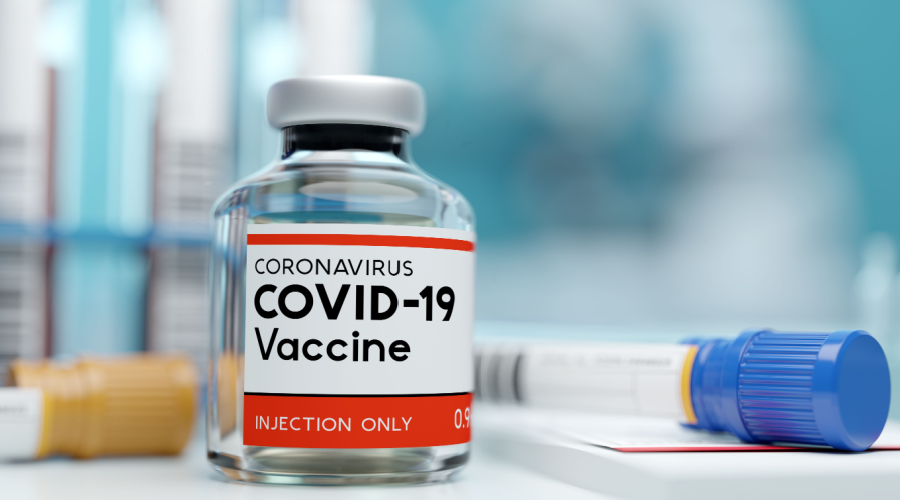Inside: Implement these proven cash flow strategies at your independent pharmacy to positively influence cash flow and to improve your business’s viability.
Businesses, like your independent community pharmacy, rise and fall on cash flow.
“After 20 years working in public and private accounting, I can unequivocally tell you that businesses only go bankrupt when they don’t have enough cash to pay their bills—not because they supposedly made or lost money the previous month or the previous year,” said Don Raby, CPA, CGMA, Chief Financial Officer at PBA Health, a pharmacy services organization based in Kansas City, Mo., that serves independent community pharmacies with group purchasing services, expert contract negotiations, distribution services and more.
“I have seen a large manufacturing company run net operating losses for seven years straight but still remain in good financial shape by generating cash,” he said. “I’ve also witnessed profitable companies go under simply because they consumed cash and eventually couldn’t pay their bills.”
Raby said when it comes to your pharmacy business, your banks, vendors and employees don’t care if your accountant told you that your pharmacy made money last month. They’re only concerned with one question, ‘Do you have enough cash to pay me?’
An Explanation of Cash Flow from a Pharmacy’s Perspective
You need a steady cash flow to keep cash in the bank to pay your wholesaler, your rent and your other expenses.
But, what exactly is cash flow?
“Simply put, cash flow is the ability of a business to convert sales to cash,” Raby said. All collected sales eventually turn into cash. But numerous elements affect the time it takes to convert sales to actual cash in the bank.
“Most pharmacy owners never stop and contemplate how they can increase their cash flow and correspondingly their cash in the bank,” Raby said. “But it’s time to take control of this crucial aspect of your business.”
3 Little-Known Strategies to Improve Pharmacy Cash Flow
Implement the following strategies at your independent community pharmacy to positively influence your cash flow for and improve your business’s viability.
1. Maintain a good relationship with your bank
Don’t neglect the importance of establishing—and maintaining—a good relationship with your local banker, Raby said.
Your bank can do more for your pharmacy than maintain your business checking accounts.
For example, a vital tool your bank offers is a line of credit.
“Establishing a line of credit can give you peace of mind that you’ll be able to cover payroll, pay suppliers and vendors, pay taxes, and—equally important—pay yourself,” Raby said. “A line of credit serves the purpose of providing a short-term, low-cost funding mechanism for meeting day-to-day business expenses when your normal cash flow is inadequate to serve the purpose.”
A line of credit can also help you pay your wholesale supplier faster, Raby said. And, paying faster helps you negotiate better terms, which translates into additional profitability.
Just make sure to establish a line of credit before you need it, Raby said. “Don’t bother calling your banker to establish a line of credit the day before you realize you won’t be able to make payroll. The answer will likely be ‘no.’”
Raby advises working with your local bank to make sure it understands your pharmacy business and how you make money.
“It’s best to over-communicate with your bankers and keep them familiar with your pharmacy than to under-communicate. It’ll only help you in the future,” he said.
2. Pay attention to pharmaceutical purchasing
Cash flow and your primary wholesaler relationship go hand-in-hand.
“Always remember that you and your wholesaler have an inherent conflict of interest when it comes to your business,” Raby said. “Your wholesaler wants to make as much money as possible from your purchases and you want to pay as little as possible for those same purchases.”
One area where pharmacies need to pay attention is their generic purchases. “Prices fluctuate daily and are hard—or impossible—for pharmacies to fully and consistently track and reconcile on their own,” Raby said. “This is a dangerous combination that often leads to pharmacies over-paying for generics.”
“I recently received a call from a pharmacist who was upset because he had lost money on a prescription due to the acquisition cost of the product being more than the reimbursement,” Raby said. “It turns out that the problem wasn’t the MAC. (Even though it was admittedly too low.) The problem was that his pharmacy was set up for ‘auto-substitution’ with his wholesaler.”
“He had tried to order the lower priced ‘contract’ product, which would have allowed him to make a profit on this prescription. But it wasn’t available. So, the wholesaler automatically shipped a substitute, higher-priced, non-contract item.”
Raby said the contract item the pharmacist ordered normally sold for $39. But the item he actually received cost $127. He was reimbursed $52. So, a $13 profit turned into a $75 loss.
“It doesn’t take too many of those deals to burn up a lot of cash,” Raby said.
Getting the most out of your primary wholesaler contract is the best way to manage your cost of goods, but there are times when your primary wholesaler might not have the best price or might be out of the NDC you need. When these situations inevitably arise, you need to have a reliable secondary supplier to help keep your cost of goods manageable.
BuyLine®, an NABP-accredited secondary supplier, offers a full line of brands, generics, OTCs, and controls at the lowest prices in the secondary market. In addition to having low list prices, BuyLine also rewards purchases with cash rebates and significant discounts on brands. Earn up to an additional 10% cash rebate on generics and up to WAC -4% on brand.
With online ordering and next-day shipping options, shopping with BuyLine is quick and convenient. There are absolutely no commitments with BuyLine — no fees, no contracts.
3. Improve your primary wholesaler contract
If you want to maximize your pharmacy’s profitability and improve your cash flow, look to your primary wholesaler contract.
Pharmacies need to generate margin through their supplier relationship because it’s one of the few areas in the prescription dispensing business they can still influence.
With an improved primary wholesaler contract and the tools to manage it, you can lower the dollars invested in inventory and structure your payables cycle to retain more cash, which means better cash flow.
PBA Health offers a primary wholesaler contract negotiation and management service, called ProfitGuard, to secure independent pharmacies with the best overall margins and operations possible.
“Pharmacies that leverage the ProfitGuard service regularly increase their margins by at least 2-6 percent,” Raby said. “Since ProfitGuard requires little additional time to manage, this money effectively drops straight to the bottom line.”
ProfitGuard forms regional groups of pharmacies to create buying power and enables up to five national wholesalers to competitively bid on the group’s business. Expert contract negotiators negotiate on the group’s behalf.
The service also includes dynamic data analytics tools to help pharmacies monitor and improve their purchasing.
“ProfitGuard protects a pharmacy’s buy-side margin by monitoring pricing and purchase decisions made by the pharmacy,” Raby said. “And it provides feedback about opportunities to buy the same product at a lower price. ProfitGuard also provides feedback on cheaper alternatives in different package sizes or alternate manufacturers.”
Learn more about ProfitGuard.
 Proven Strategies Guaranteed to Boost Pharmacy Cash Flow (+Advanced Formulas)
Proven Strategies Guaranteed to Boost Pharmacy Cash Flow (+Advanced Formulas)
These little-known strategies and advanced formulas will free up cash and grow your pharmacy. Read the article.
Want more tips like this? Join our email list to get weekly pharmacy business tips and advice—right in your inbox.


 Proven Strategies Guaranteed to Boost Pharmacy Cash Flow (+Advanced Formulas)
Proven Strategies Guaranteed to Boost Pharmacy Cash Flow (+Advanced Formulas)









